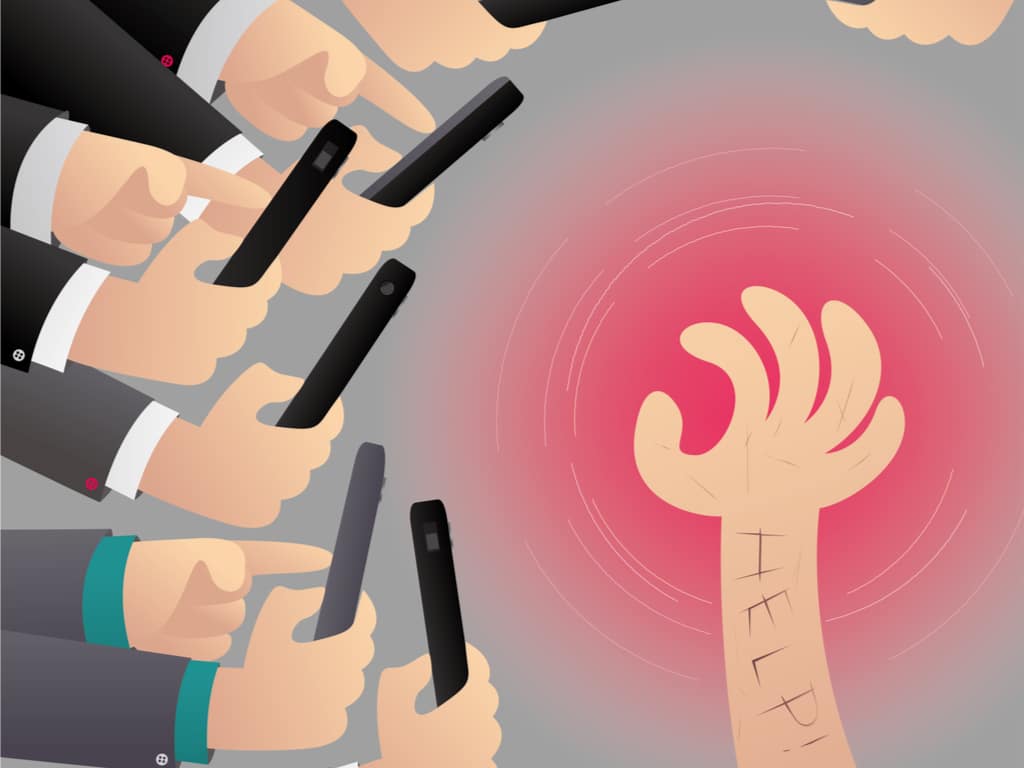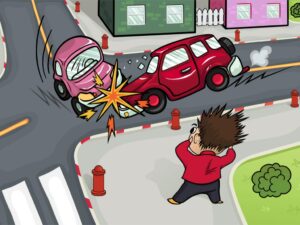Most emergencies occur outside the hospitals, where the victim is exposed to several people that are all possible to help him. At first thought, you will see people reaching out their hands to respond to the unfortunate victim. But think again, the reality is far from what you have imagined. That’s why CPR training for teachers, students, and other professionals is critical.
When emergencies occur beyond the borders of medical institutions, people tend to pass by the victim pretending that they don’t see a person who is suffering at all. It is not because they don’t want to help, but rather because they lack confidence or knowledge in the medical field. They depend on others and think that others would help the victim, so why would they? This mindset is the root of the bystander effect.
What is the bystander effect?
In general, the bystander effect is a phenomenon where fewer people are likely to help a victim or a person in distress due to the greater number of people that are present within the situation. When an emergency occurs, these bystanders are more likely to help the victim if no one is around or there are only a few numbers of people within the area.
What are the causes of the bystander effect?
The bystander effect has been a common issue nowadays when it comes to responding to emergencies. This phenomenon is caused by the following:
- Every person present within the area is convinced that the other person will help the victim.
- People lack a sense of responsibility for the victim with the fact that it is just a mere stranger to them.
- People are afraid to take responsibility for their actions especially when the victim experienced further complications even though they have responded to their needs for initial care immediately.
- Lack of first aid and CPR skills is one of the top reasons why people just pass by the dreadful victims. Because of this, they are also not confident enough in responding to the victim’s help.
How to overcome the bystander effect?
Overcoming the bystander effect is very easy if you already know the source of the issue. Work on ways in how you will overcome it by changing the way you think first. In every emergency situation, regardless of the number of people within the area, always be ready to aid the victim. Do not rely on others to do the work.
If you are not confident enough with your first aid or CPR skills, you can call others for help. This can also help other people change the way they view the emergency; they will find it urgent and life-threatening, thus responding to your plea on helping the victim.
However, it is still best if you already know how to give first aid treatment and perform CPR to the patient. Take action today against the bystander effect by joining the American Health Care Academy’s CPR/AED and first aid courses.










